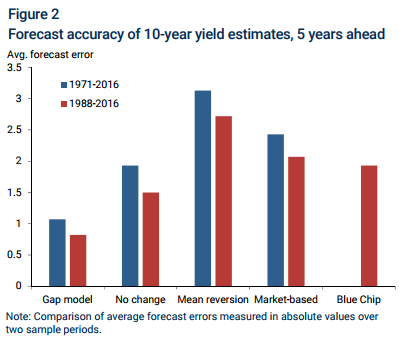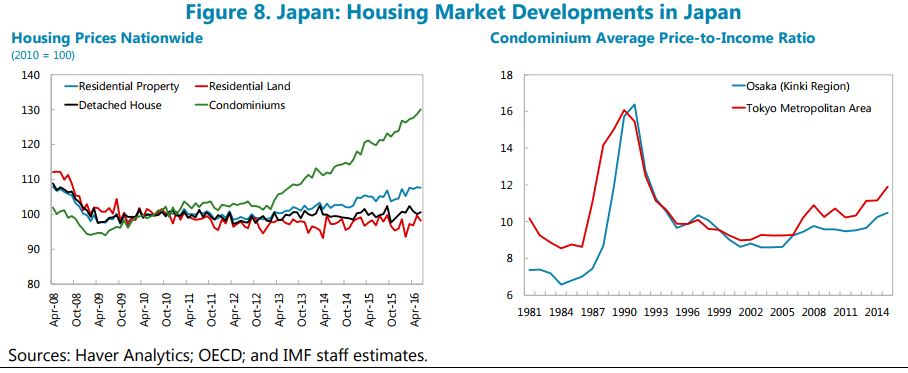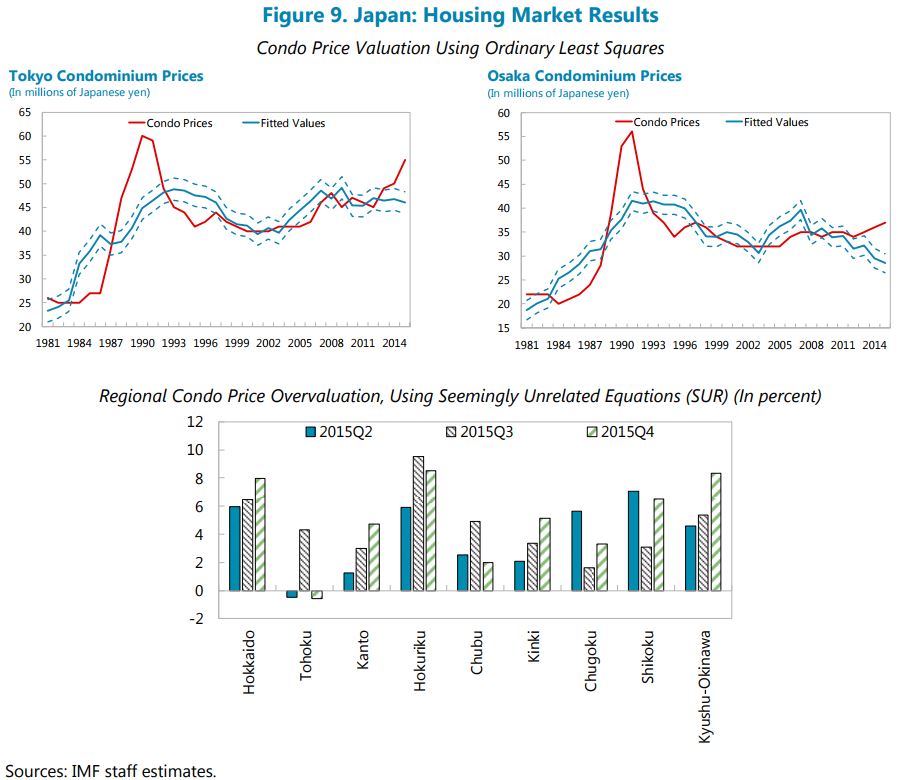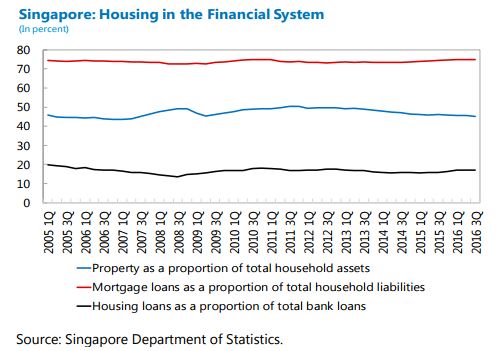Friday, August 4, 2017
Housing View – August 4, 2017
On cross-country:
- Housing in Euro Area – IMF
On the US:
- Why Has Regional Income Convergence in the U.S. Declined? – NBER
- 2017 Profile of International Activity in U.S. Residential Real Estate – National Association of Realtors
- Remarks of Melvin L. Watt at the National Association of Real Estate Brokers’ 70th Annual Convention – Federal Housing Finance Agency
- Matthew Desmond Q&A: Housing Insecurity Is a Problem We Need to ‘Out-Hate’ – Zillow
- Tenants Under Siege: Inside New York City’s Housing Crisis – The New York Review of Books
- Why is Moving to a New Home Worse for African-American and Hispanic Children than for White Children? – Harvard Joint Center for Housing Studies
- Housing Policy Should Prioritize Those With Greatest Need – Center on Budget and Policy Priorities
- Where Does Job Growth Outpace New Housing Construction? – National Association of Realtors
- The Sharing Economy and Housing Affordability: Evidence from Airbnb – SSRN
- Residential Rent Affordability across U.S. Metropolitan Areas – Federal Reserve Bank of Kansas City
- Mortgage Default in an Estimated Model of the U.S. Housing Market – Banco de México
- Understanding the Surge in Commercial Real Estate Lending – Federal Reserve Bank of Richmond
- Increase in Long Commutes Indicates More Residential Dispersion – New Geography
- The Great Train Robbery: Urban Transportation in the 21st Century – Chapman University
On other countries:
- [Australia] Quarterly Housing & Economic Review – July 2017 – CoreLogic
- [Canada] Vancouver plan to boost housing supply ignores city hall red tape – Fraser Institute
- Japan: Risks Emerging from Real Estate? – IMF
- [Singapore] Housing Market in Singapore – IMF
- [Turkey] Real estate purchases by foreigners drop in Turkey, despite generous incentives – Global Property Guide
- [United Kingdom] British homeowners move home half as frequently as Americans do – The Economist
- [United Kingdom] How the credit crunch transformed the UK housing market – Savills
- [United Kingdom] Making the Case for Affordable Housing on Public Land – New Economics Foundation
On cross-country:
- Housing in Euro Area – IMF
On the US:
- Why Has Regional Income Convergence in the U.S. Declined? – NBER
- 2017 Profile of International Activity in U.S. Residential Real Estate – National Association of Realtors
- Remarks of Melvin L. Watt at the National Association of Real Estate Brokers’ 70th Annual Convention – Federal Housing Finance Agency
- Matthew Desmond Q&A: Housing Insecurity Is a Problem We Need to ‘Out-Hate’
Posted by at 5:00 AM
Labels: Global Housing Watch
Tuesday, August 1, 2017
Bridging the Gap: Forecasting Interest Rates with Macro Trends
A new economic letter by Michael Bauer says that “Interest rates are inherently difficult to predict, and the simple random walk benchmark has proven hard to beat. But macroeconomics can help, because the long-run trend in interest rates is driven by the trend in inflation and the equilibrium real interest rate. When forecasting rates several years into the future, substantial gains are possible by predicting that the gap between current interest rates and this long-run trend will close with increasing forecast horizon. This evidence suggests that accounting for macroeconomic trends is important for understanding, modeling, and forecasting interest rates.”
Continue reading here.
A new economic letter by Michael Bauer says that “Interest rates are inherently difficult to predict, and the simple random walk benchmark has proven hard to beat. But macroeconomics can help, because the long-run trend in interest rates is driven by the trend in inflation and the equilibrium real interest rate. When forecasting rates several years into the future, substantial gains are possible by predicting that the gap between current interest rates and this long-run trend will close with increasing forecast horizon.
Posted by at 9:49 AM
Labels: Forecasting Forum
Japan’s Lifetime Employment and Gender Inequality
A new IMF report finds that “Societal attitudes in which males contribute to household work could be a powerful lever both to increase female labor force participation, and increase fertility. If women can get more child rearing support from their husbands, it would be easier for them to continue to work. However, with 85 percent of full-time employees working overtime, it is difficult in reality to share the childcare burdens among a working couple if both of them have regular works. Men’s commitment to house work and family responsibilities can have a significant impact on fertility. Data suggests that the more time spent by a husband in house work and childcare, the higher the changes that couples will have a second child.”
Continue reading here.
A new IMF report finds that “Societal attitudes in which males contribute to household work could be a powerful lever both to increase female labor force participation, and increase fertility. If women can get more child rearing support from their husbands, it would be easier for them to continue to work. However, with 85 percent of full-time employees working overtime, it is difficult in reality to share the childcare burdens among a working couple if both of them have regular works.
Posted by at 9:44 AM
Labels: Inclusive Growth
Japan: Risks Emerging from Real Estate?
From a new IMF report on Japan:
“Housing prices have been on the rise in some geographic areas and market segments, despite the declining population. Condominium prices have increased by 23 percent at the national level since 2013 (Figure 8). Historically low mortgage rates and recent changes in the inheritance tax are contributing to demand pressures, with little response in the number of new houses put on the market. Some overheating in the housing market is also indirectly suggested by house price-to-income ratios. Growth in real estate loans has been higher than other loans and the amount outstanding by domestic and Shinkin banks reached a record high at end-December 2016 (FSR, April 2017).”
“Condominium prices appear to be moderately overvalued in Tokyo, Osaka, and several outer regions. While results should be interpreted with caution given data limitations and model uncertainty, an econometric analysis using city data shows that condominium prices in Tokyo and Osaka started exceeding values predicted by fundamentals in 2013, suggesting an overvaluation in the 15−20 percent range. A regional analysis also indicates that condominium prices may be moderately above their equilibrium values, with the degree of overvaluation in the 5−10 percent range (Figure 9).”
From a new IMF report on Japan:
“Housing prices have been on the rise in some geographic areas and market segments, despite the declining population. Condominium prices have increased by 23 percent at the national level since 2013 (Figure 8). Historically low mortgage rates and recent changes in the inheritance tax are contributing to demand pressures, with little response in the number of new houses put on the market. Some overheating in the housing market is also indirectly suggested by house price-to-income ratios.
Posted by at 9:22 AM
Labels: Global Housing Watch
Monday, July 31, 2017
Housing Market in Singapore
A new IMF report on Singapore says that: “In Singapore, property market stability is closely linked to macroeconomic and financial stability. Property is the largest component of household wealth, representing about half of total household assets. Mortgage loans account for some three-quarters of total household liabilities, and property-related loans form a substantial portion of banks’ loan books. In addition, housing affordability is a key concern for the Singapore public (Lum, 1996 and 2011; Phang, 2015; Phang and others, 2013). Therefore, when property prices rose rapidly shortly after the Global Financial Crisis (GFC), the Singapore authorities responded with a series of macroprudential measures, including fiscal-based measures, to promote a more stable and sustainable property market. ”
The report also says that: “Finally, Singapore’s banks are well-positioned to withstand shocks from the property market, partly as a result of macro-prudential tightening. Average loan-to-value ratios are low, loan-loss coverage is adequate, and capital and liquidity buffers are strong. Households also have healthy balance sheets and well-diversified assets. ”
On international comparison, the report says that “In Hong Kong SAR, Singapore, and Taiwan Province of China, property tightening measures in recent years have achieved different results. Since peaking in 2013, house prices in Singapore have declined gradually to 2010 levels. The impact contrasts with Hong Kong SAR, where prices have continued to rise and mortgage growth has shown no clear downward trend. House price growth has also remained rapid in New Zealand and Australia where tightening began in 2013 and 2014 respectively. Hence, there is significant liquidity in the regional markets calling for continued vigilance and careful calibration of the measures to guard against speculative capital inflows that can hamper financial stability.”
A new IMF report on Singapore says that: “In Singapore, property market stability is closely linked to macroeconomic and financial stability. Property is the largest component of household wealth, representing about half of total household assets. Mortgage loans account for some three-quarters of total household liabilities, and property-related loans form a substantial portion of banks’ loan books. In addition, housing affordability is a key concern for the Singapore public (Lum, 1996 and 2011;
Posted by at 11:41 AM
Labels: Global Housing Watch
Subscribe to: Posts









